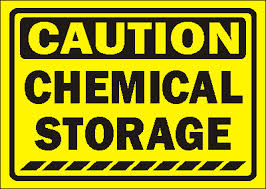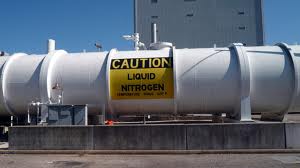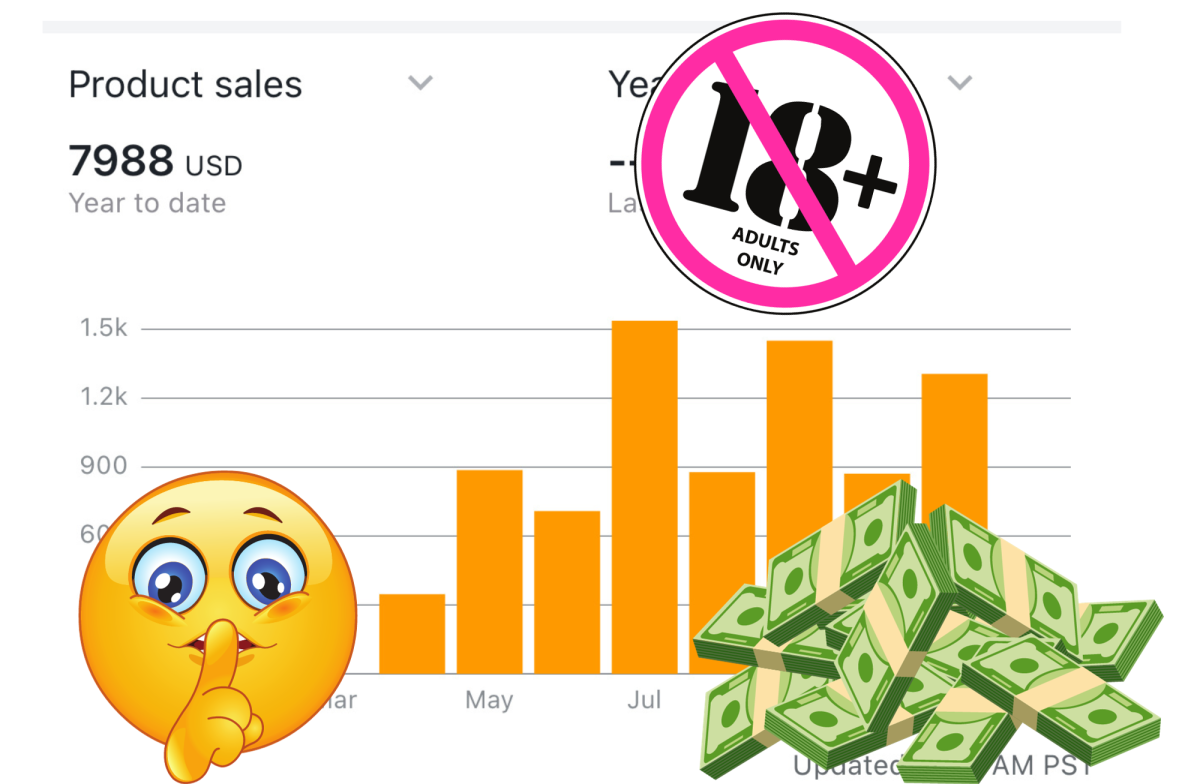Osha Regulations for Hazardous Material Storage

OSHA—Storage of Hazardous Materials
Because of the risk of injury that can be caused by hazardous materials, a high degree of safety must be taken when handling as well as storing them. While it is easier to be cautious when handling hazardous materials because you can see them, it is much harder to control them when they are in storage.
The OSHA regulations on storage of hazardous material are meant to mitigate against the risks that are inherent in stored hazardous materials. These regulations include rules on where and how hazardous materials should be stored. They also give directions as to how storage locations should be built and the kinds of materials that should be stored there.

OSHA Hazards Classification
The hazards that can be caused by materials that are normally used and stored in the workplace are many. Lack of proper handling and usage of these materials can result in hazards such as fires, explosions and dangerous reactions. Contact or exposure can lead to health complications such as damage to the skin and internal organs. Death can also result if the exposure to hazardous materials is severe and prolonged.
Environmental damage that may occur when the hazardous materials are released into water sources can endanger many people’s lives. Hazardous materials, when mixed with other chemicals, can become even more lethal and end up killing or injuring many people. An example of such an incident is the Bhopal gas disaster which took place in 1984 and left 4000 people dead and thousands more injured. Hazardous materials are classified into six major categories:
- Compressed gas
- Flammable and combustible materials
- Oxidising materials
- Poisonous and infectious materials
- Corrosive material
- Dangerously reactive material
OSHA Regulations
There are many specific OSHA regulations that deal with hazardous materials. There are also general regulations that deal with storage and handling of these materials. These regulations detail how various types of hazardous materials should be stored.
OSHA Standard for Flammable Liquids (1910.106)
This standard deals with all liquids that have flash point of 199.4 degrees Fahrenheit (93 Celcius). The rules cover the storage location, construction of buildings, measures for fire control and separation from sources of ignition. The standard also specifies the kinds of containers that are to be used in storing flammable liquids.
OSHA Standard for Liquefied Hydrogen (1910.103)
This standard deals with the design, construction, testing and location of hydrogen storage facilities. It specifies the types of containers to be used to store hydrogen, the installation requirements and safety devices that must be in place in a hydrogen storage facility. All hydrogen storage containers must have a clearly marked sign with the name ‘Hydrogen’ and should have a warning also clearly written.
The storage containers should have safety devices that are tamper-proof and release the hydrogen in an upward manner in case the need arises. Installations must be done under the supervision of qualified personnel who should ensure that the facility is easily accessible to supply and maintenance personnel. The standard also states that the storage facility should be well ventilated to prevent the accumulation of hydrogen gas. There are also regulations for aboveground and below ground storage containers which are meant to prevent any occurrence of fire.
OSHA Standard for Bulk Oxygen (1910.104)
The standard applies to oxygen systems that have storage capacity of above 13,000 cubic feet. Storage locations should be above ground and fifty feet away from combustible buildings. If the storage is housed in a building, it should be well ventilated and made from fire-proof materials. The storage should be accessible to supply and maintenance personnel who should be supervised by a qualified person at all times. There should also be no sources of ignition and if there is need for heating, it should be done with indirect heating sources such as hot water or steam. All electrical installations must be well grounded.
Hazard Identification
All hazardous materials should be clearly labelled as such and must be accompanied by their material safety data sheets (MSDS) which give a clear indication as to the type of hazard present and the instructions on the proper use. Material Safety Data Sheets explain the kinds of personal protective equipment (PPEs) required for use of the materials and also the first aid measures to be taken when an accident occurs. Material safety data sheets contain information on:
- Chemical and Physical properties- boiling/melting points, smell, specific gravity, solubility,
- Fire hazard data- flash-points, flammability and explosive conditions
- Reactivity- shows the substances which may react with the stored material. There are substances which should never be stored close to each other.
- Health hazards- the risks involved in skin contact, exposure, inhalation or ingestion of the materials



